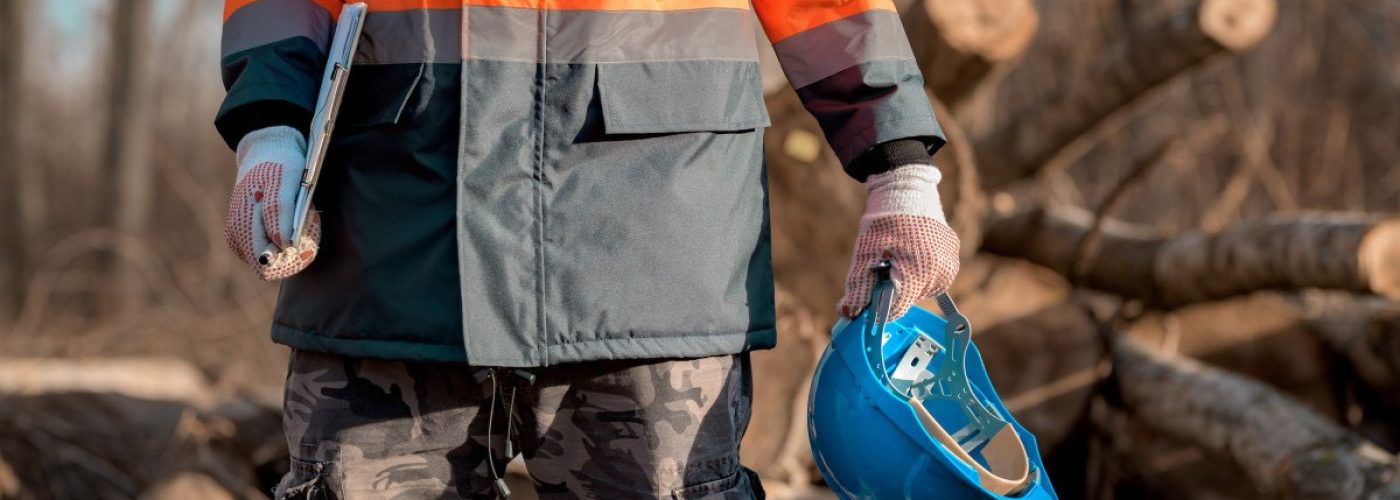With its inherent risks and challenges, the construction industry requires an exceptional focus on worker safety. In the UK, building a secure and efficient work environment goes beyond ticking regulatory boxes—it starts with thoughtful design and stretches through every project stage. So how can UK construction sites build a stronger safety culture—from smarter planning to modern tools?
Building Safety Before the First Brick
A strong safety culture often begins on paper. When architects and designers embed safety into their early plans, they shape projects where risks are mitigated from the outset. Spaces designed for clear movement and efficient workflow naturally reduce the chance of accidents, supporting safety and productivity throughout the construction lifecycle.
But thoughtful design is more than layout. Material choices matter too—slip-resistant surfaces, fire-retardant finishes, and other practical elements contribute to an environment where protection is considered at every step. This extends to safety-focused work clothing, such as those manufactured by Strauss, which must be durable, weather-appropriate, and suited to job demands. The right clothing—whether high-vis for low light or breathable for long shifts—reflects a site’s safety priorities. Sustainable construction practices also support a culture of care. Prefabricated components reduce on-site risk and improve precision, while waste management and pollution control create cleaner, safer environments.
In the UK, firms must meet strict safety requirements under laws like the Health and Safety at Work Act and CDM Regulations. Audits and reviews help ensure compliance, but their deeper value lies in building a culture where safety is taken seriously—consistently and without compromise. Training reinforces that trust. Ongoing education helps teams identify risks and respond with confidence, reminding everyone that safety is a daily commitment, not a checkbox.
How Can Safety Training Help Prevent Injuries on Construction Sites?
Preventing injuries on construction sites begins with awareness. Safety training equips workers to identify risks and respond effectively—whether operating machinery or moving through active zones. It sharpens judgment where it’s most needed: on-site. Training isn’t a one-time task. As tools, procedures, and site conditions evolve, so must the guidance. Regular refreshers, scenario-based exercises, and updates aligned with current regulations keep safety knowledge practical and up to date.
More than procedures, training helps shape a safety-focused mindset. When workers are encouraged to take ownership of safety, they become proactive participants in maintaining secure environments. Technology enhances this process. Digital simulations and wearable alerts turn safety guidance into hands-on learning, helping teams respond with greater confidence and precision. Effective training builds more than skills—it builds trust. When safety is prioritized, morale improves, accidents decrease, and safety becomes part of the everyday workflow.
Why Is Safe Work Clothing Important for Construction Workers?
On construction sites, work clothing does more than identify roles—it protects. Proper gear shields workers from sharp tools, machinery, extreme weather, and other daily risks common across UK sites. Items like high-visibility jackets, reinforced boots, and durable trousers reduce injury risks in practical ways. Visibility clothing is especially important on sites with moving vehicles or poor lighting. Well-designed clothing allows freedom of movement while minimizing hazards like snagging or overheating. Breathable, weather-resistant fabrics support comfort and concentration across long shifts.
UK regulations, including the Personal Protective Equipment at Work Regulations 2022, require employers to provide suitable protective gear. But compliance alone isn’t enough. Choosing the right clothing shows a broader commitment to safety and strengthens a culture of responsibility. Safe work clothing helps prevent injuries and supports well-being—it’s a visible, practical element of daily protection on every site.





